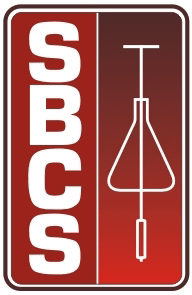The Technologies setting at Agricultural production system have the main characteristics the vertical productivity, reduced costs, soil physical, chemical and biological improvement to promote production sustainable growth. Thus, the study aimed to determine the variability and the linear and special correlations between the plant and soil attributes in order to select and indicate good representation of soil physical quality for forage productivity. In the growing season of 2006, on the Fazenda Bonança in Pereira Barreto (SP), the productivity of autumn corn forage (FDM) in an irrigated no-tillage system and the soil physical properties were analyzed. The purpose was to study the variability and the linear and spatial correlations between the plant and soil properties, to select an indicator of soil physical quality related to corn forage yield. A geostatistical grid was installed to collect soil and plant data, with 125 sampling points in an area of 2,500 m². The results show that the studied properties did not vary randomly and that data variability was low to very high, with well-defined spatial patterns, ranging from 7.8 to 38.0 m. On the other hand, the linear correlation between the plant and the soil properties was low and highly significant. The pairs forage dry matter versus microporosity and stem diameter versus bulk density were best correlated in the 0-0.10 m layer, while the other pairs - forage dry matter versus macro - and total porosity - were inversely correlated in the same layer. However, from the spatial point of view, there was a high inverse correlation between forage dry matter with microporosity, so that microporosity in the 0-0.10 m layer can be considered a good indicator of soil physical quality, with a view to corn forage yield.
soil physical properties; soil management; geostatistics; no-tillage; forage crops








